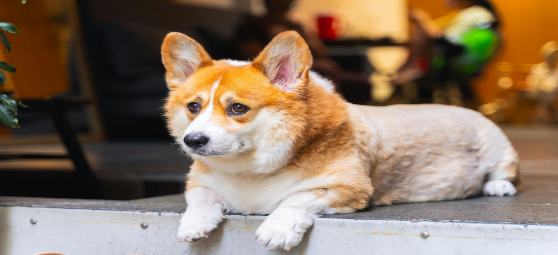
Why Is My Dog Shedding So Much?
|
|
Time to read 2 min
|
|
Time to read 2 min
Shedding is a normal part of life for most dogs, but when you find tufts of fur covering your couch, clothes, and floors, it can leave you wondering: Why is my dog shedding so much? Understanding the reasons behind excessive shedding will not only put your mind at ease but also help you manage it more effectively for your dog’s comfort and your own sanity.
All dogs shed to some degree—some breeds more than others. Shedding is the body’s natural way of removing old, damaged, or excess hair to make room for healthy new growth. Seasonal changes, breed type, and coat thickness all play roles in how much fur you’ll see around the house. For example, double-coated breeds like Huskies or German Shepherds will “blow” their coat once or twice a year, leaving behind large amounts of loose hair.
However, beyond normal cycles, increased shedding can point to other factors such as stress, allergies, or underlying health issues.
One of the biggest triggers for shedding is the change in seasons. Dogs often shed heavily in spring to lose their dense winter coats and again in fall to prepare for colder weather. Even indoor dogs can experience these cycles since their bodies are still influenced by daylight patterns and temperature.
Humidity and climate also matter. Dogs living in warmer, humid areas may shed year-round compared to those in colder regions who shed in more predictable patterns.
While most shedding is normal, sudden or extreme hair loss can indicate health problems. Common culprits include:
Allergies to food, fleas, or environmental factors
Parasites such as mites, ticks, or fleas causing skin irritation
Nutritional deficiencies that weaken hair follicles
Hormonal imbalances like hypothyroidism or Cushing’s disease
Skin infections (fungal or bacterial) leading to patchy hair loss
If you notice bald patches, constant itching, redness, or flaky skin along with the shedding, it’s a good idea to schedule a veterinary check-up.
While you can’t stop shedding completely, you can take steps to minimize it and keep your dog’s coat healthy:
Brush regularly: Frequent grooming helps remove loose fur before it ends up on your furniture.
Bathe as needed: Use gentle, dog-safe shampoos that won’t dry out the skin.
Feed a balanced diet: High-quality food rich in omega-3 fatty acids, vitamins, and minerals supports coat health.
Keep stress low: Stress can cause dogs to shed more, so maintaining a calm environment helps.
Supplements such as CBD oil or omega-3 blends may also support skin and coat health by reducing inflammation and promoting stronger hair growth.
Occasional heavy shedding is expected, but it’s time to consult your veterinarian if your dog experiences:
Bald spots or sudden patchy hair loss
Persistent scratching or biting at the skin
Sores, redness, or strong odors from the coat
Significant changes in appetite, weight, or energy
Early intervention can rule out or treat underlying health conditions and prevent worsening discomfort.
At Paw Origins, we believe your dog’s health starts from the inside out. That’s why we’ve formulated premium CBD and supplement blends specifically designed to support skin, coat, and overall wellness. Our products are made with carefully sourced, lab-tested ingredients to ensure safety, purity, and consistent results.
By incorporating natural supplements into your dog’s daily routine, you can help reduce excessive shedding, support a shinier coat, and give your pup the comfort they deserve—because they’re more than pets, they’re family.